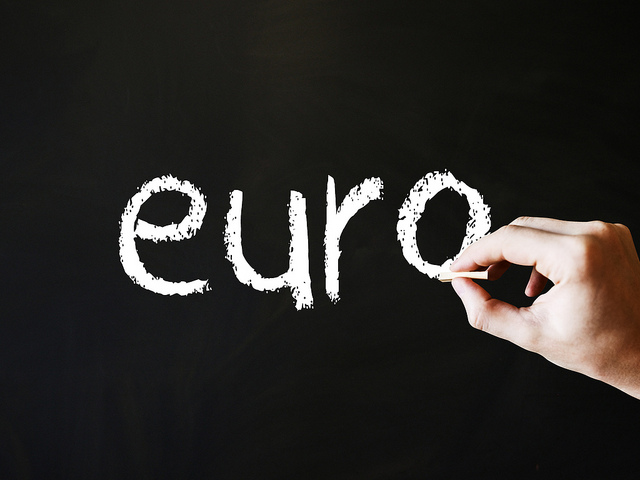In an interview with the Financial Times, Fabrice Bregier, chief executive of Airbus’s passenger jet business, called on the ECB to tackle the “crazy” strength of the currency.
Before we try to assess whether the strength of the euro is indeed “crazy”, it should be mentioned that commercial jets are priced in dollars. Airbus, therefore, faces very significant currency risks as much of its cost base is in Euros. One would thus not be surprised that someone from Airbus should complain about the euro.
Having said this, is the euro strength “crazy”. To answer this question, the logical angle is to look at long-term fair value models. Here the problems start.
First, there are several ways of determining the fair value for a currency. The oldest is based on the theory of purchasing- power parity (PPP): the idea that, in the long run, exchange rates should equalise prices across countries. More sophisticated PPP models adjust for differences in productivity or income per head, because it is natural for prices to be lower in low-income countries.
Another definition of the fair value of a currency is the exchange rate that corresponds to a trade position considered “sustainable”. One approach is to estimate the fundamental equilibrium exchange rate (FEER). This is the rate consistent with both a sustainable current-account balance and internal balance (ie, full employment with low inflation).
A third method of calculating the fair value of a currency is the so-called behavioural equilibrium exchange rate (BEER). This does not attempt to define long-term economic equilibrium. Instead it analyses which economic variables, such as productivity growth, net foreign assets and the terms of trade, seem to have determined an exchange rate in the past, and then uses the current values of those variables to estimate a currency’s correct value.
Apart from the fact that there are different approaches (PPP, FEER, BEER), there are also many different ways of estimating the models.
Therefore, one should not be surprised to see a wide range of fair value estimates. Fortunately, at this moment there seems to be quite a ‘consensus’ on where fair value of the euro-dollar exchange rate should be, meaning that they are all in a ‘narrow’ range of around 10%. We checked several fair value models of official institutions and brokers. Many BEER models indicate a EUR/USD fair value of 1.20 (with one outlier at 1.40). FEER estimates are around 1.30-1.32. Finally, PPP, the most simplistic measure, suggests a 1.22- 1.29 range. Hence, on average, fair value for EUR/USD seems to be around 1.25.
In the last few months, EURUSD was trading around 1.37, so around 10% overvalued. In general, developed currencies valuations are only seen as excessive if they are 20% or more away from fair value. Calling the current strength of the euro “crazy” seems an exaggeration.
Investment commentary by Jaco Rouw, Core FI Senior Investment Manager, Global Foreign Exchange, at ING Investment Management and Thede Rüst, Core FI Investment Manager, at ING Investment Management

